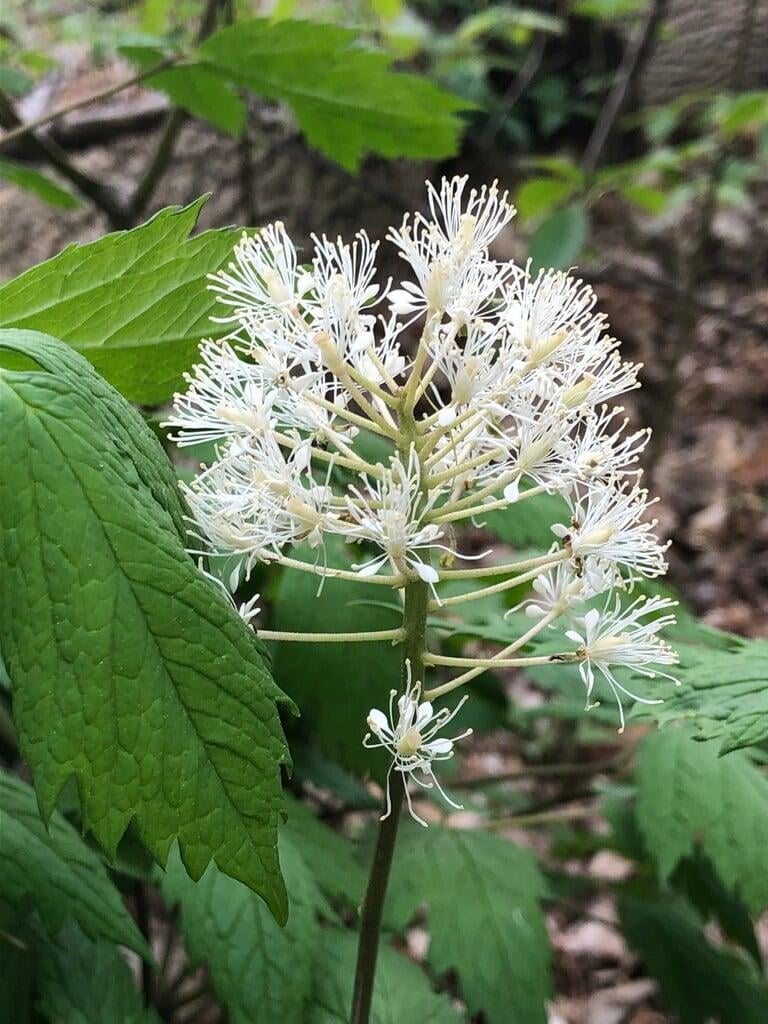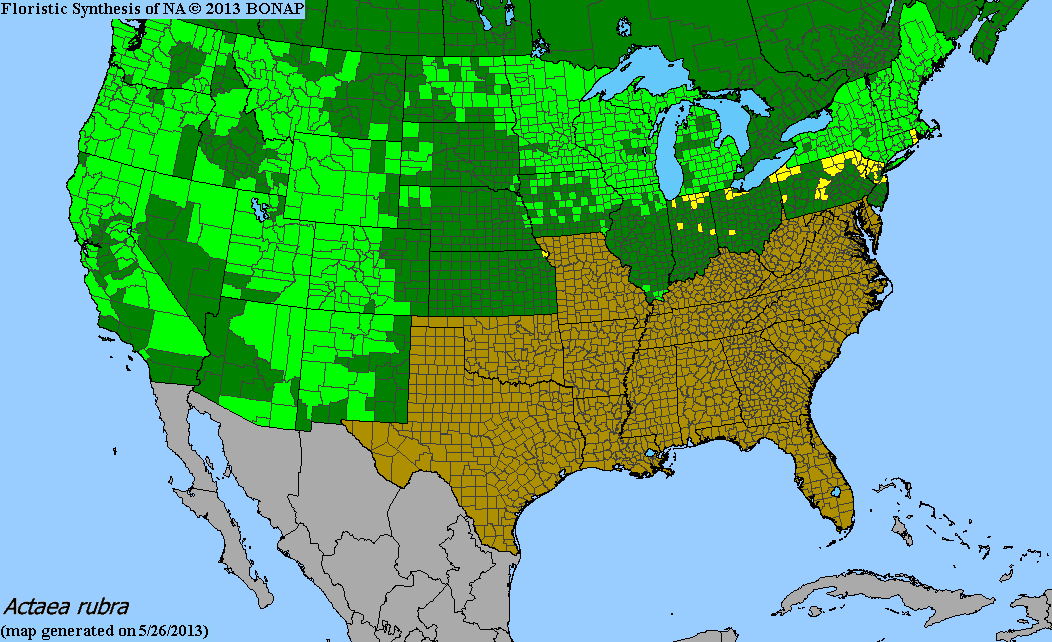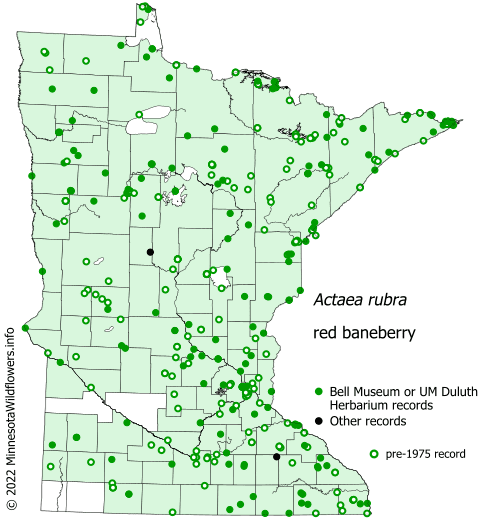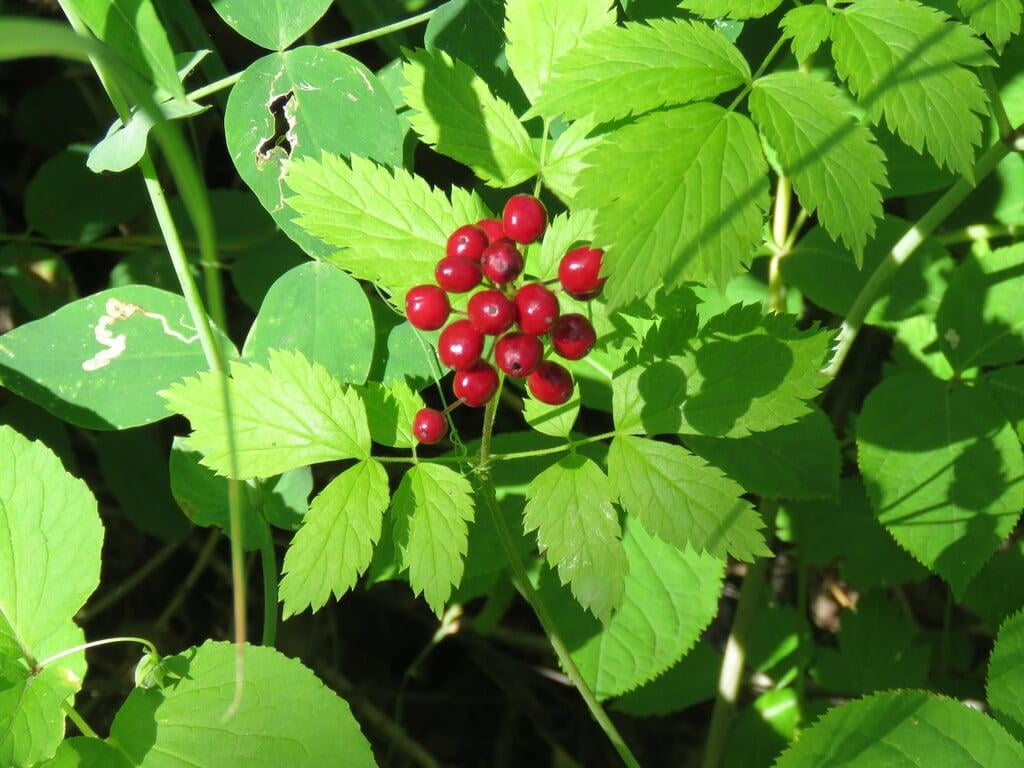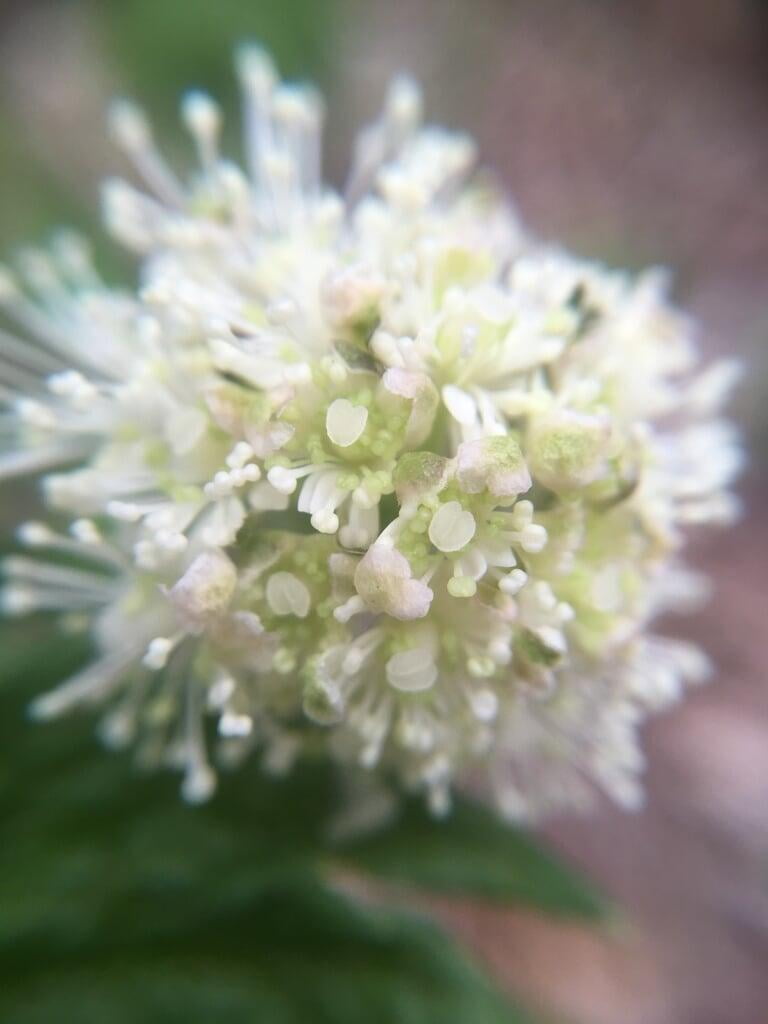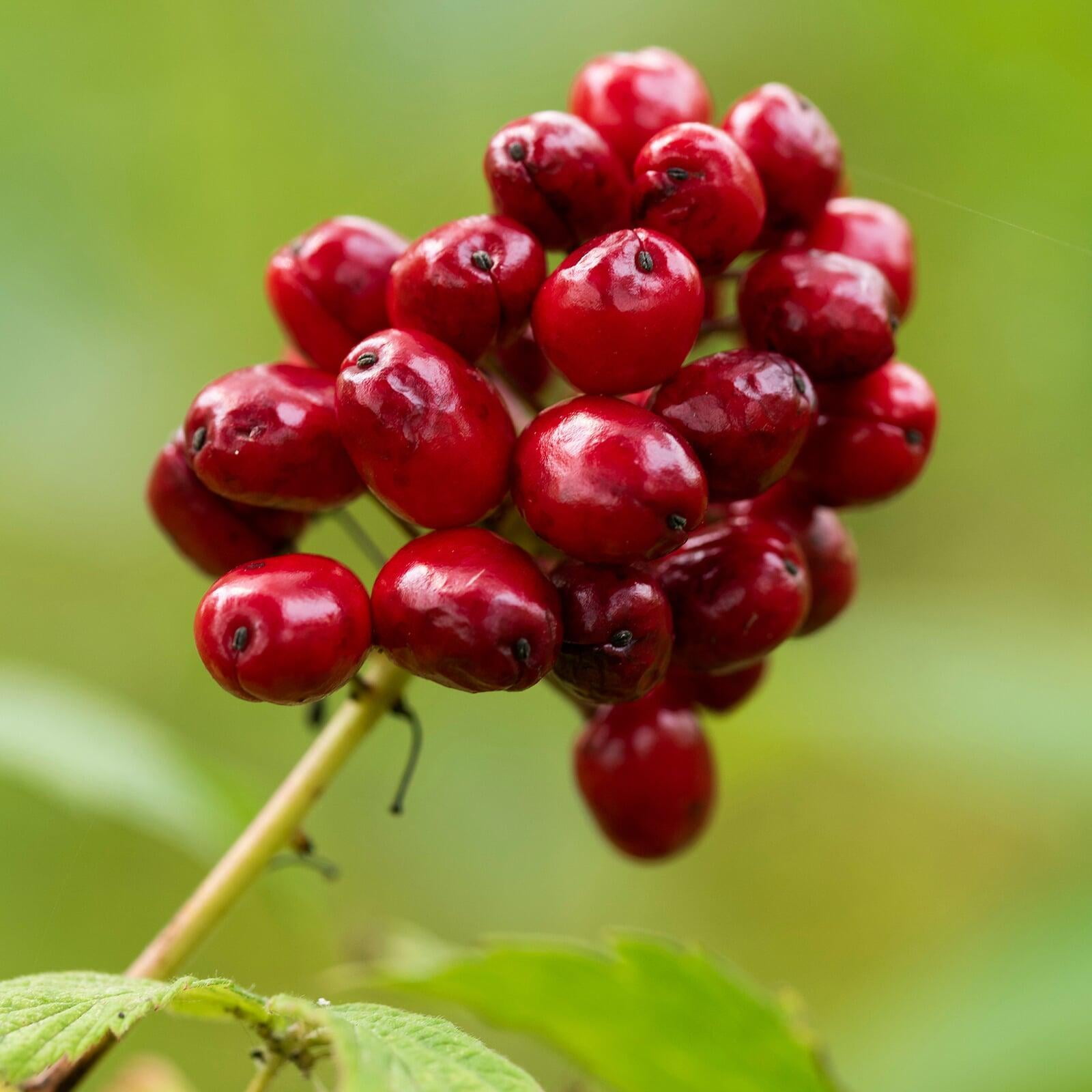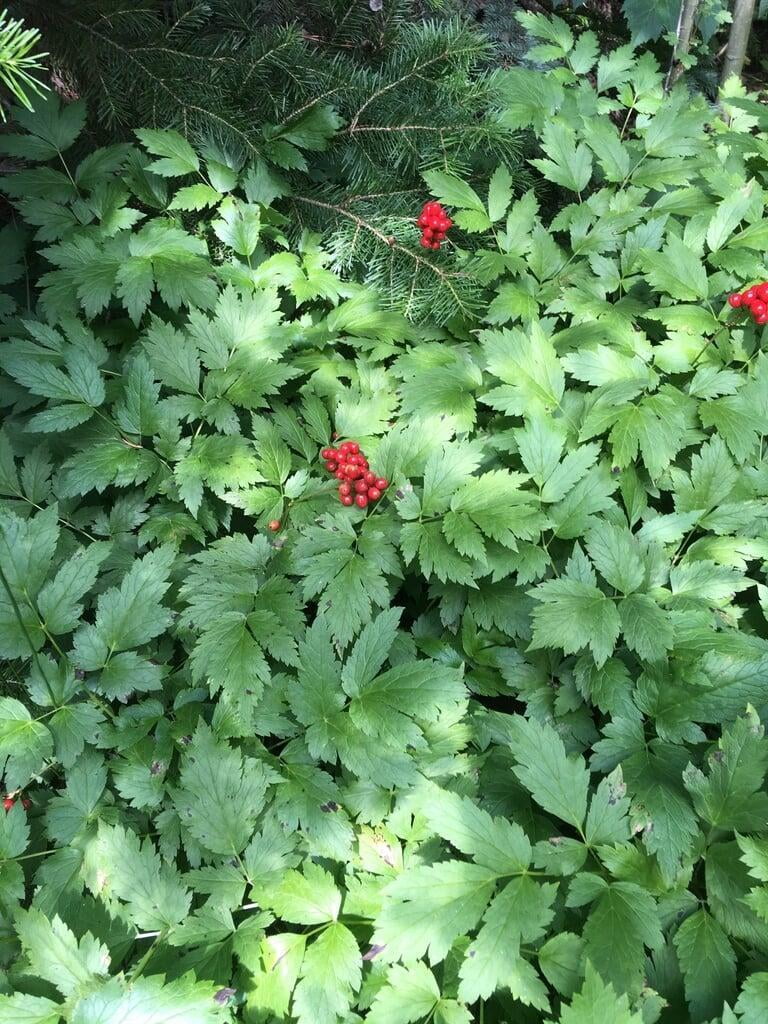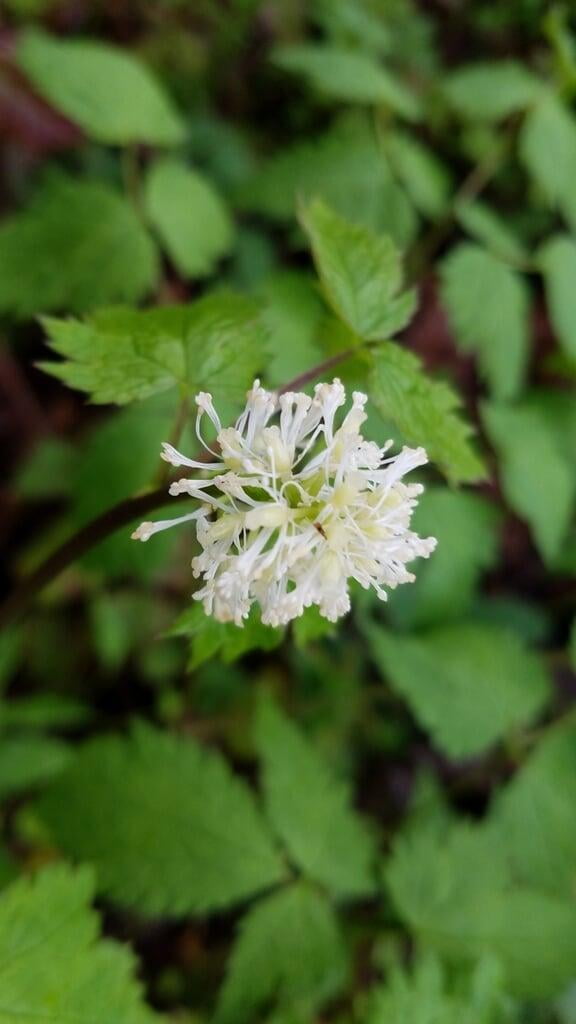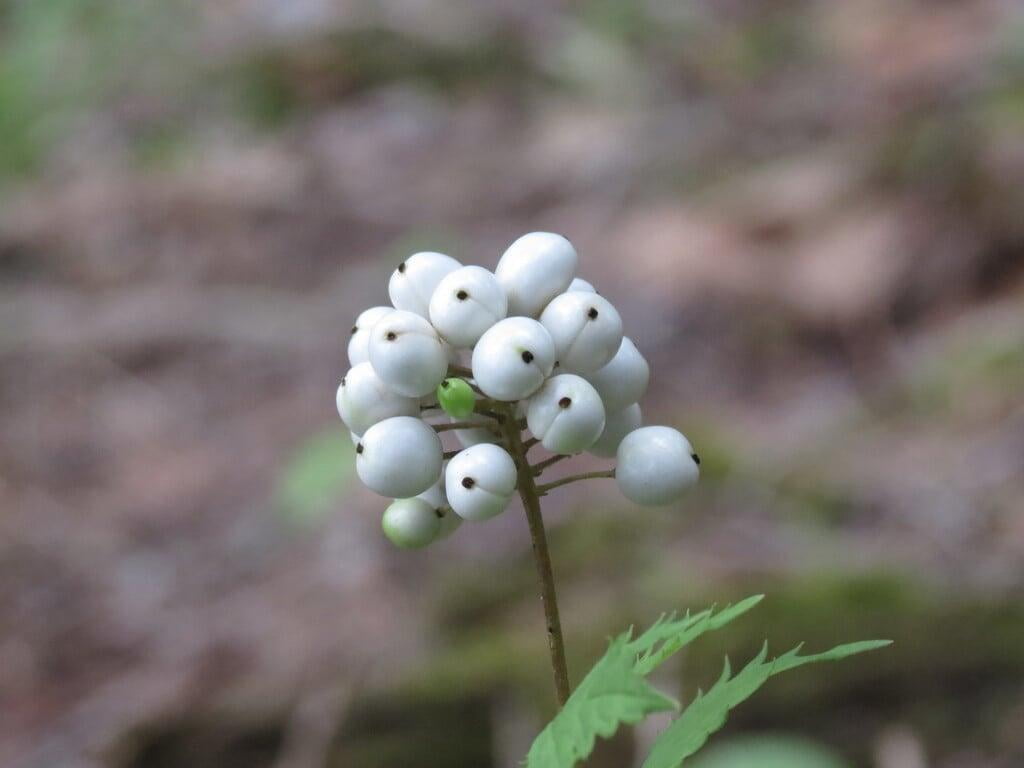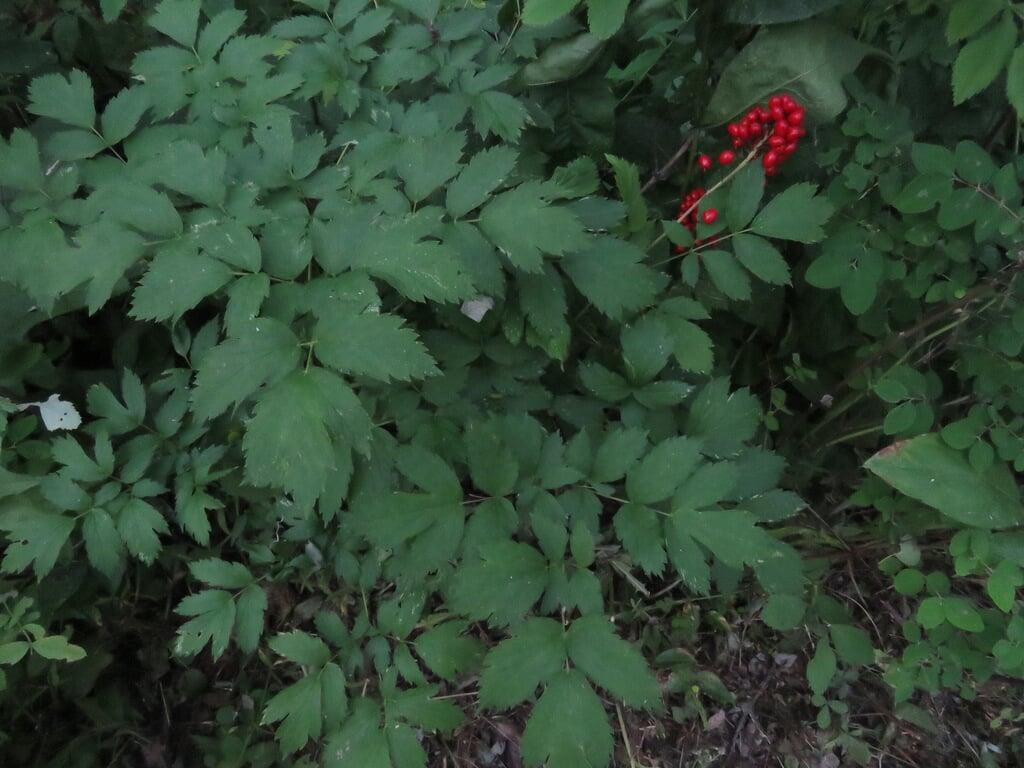Actaea rubra
Red Baneberry Description:
Actaea rubra, also known as red baneberry or red cohosh, is a native plant species found in the United States and Canada. It is a part of the Ranunculaceae family and is related to the well-known plant species, Aconitum napellus (monkshood).
Red baneberry is a tall, upright perennial that can grow up to 3 feet in height. It has attractive, finely divided leaves that are dark green in color and are arranged in a basal rosette. The plant produces clusters of small, white, fragrant flowers in the spring that give way to distinctive, red or white berry-like fruit in the summer. The fruit is poisonous if ingested, which is why the plant is also known as baneberry.
Red baneberry is often used in wildflower gardens, naturalistic landscapes, and woodland gardens due to its attractive foliage, fragrant flowers, and interesting fruit. It is also an important food source for wildlife, including birds and small mammals.
Overall, Actaea rubra is a hardy and attractive plant species that is well-suited for use in naturalistic landscapes and other garden environments where its distinctive and attractive features can be appreciated.
Native Range:
Red Baneberrry is native to many Northern and Western states across the United States. This native plant is abundant in Minnesota but ranges from California to Maine, with the exception of the South and Southeastern United States.
Standard Plant Information:
Plant height: 1' - 3'
Bloom time: May - June
Preferred habitat: shade to part-shade in woodlands
Stratification Code: M
Sowing:
For most homeowners, the best option is to scatter seed on the ground by hand broadcasting at a minimum of 16-64 pls ounces per acre. For even coverage, we recommend that you broadcast seed in perpendicular rows across the site to ensure even coverage.
You’ll want to broadcast any grass seed first, which will get raked into the soil lightly. Next, it is ideal to mulch the area lightly with either a clean (no seed) straw or preferably with our native Little Bluestem straw, sold at our retail garden centers. After a light mulching is complete, now it’s time to broadcast your native wildflower seeds, which should not be raked into the soil. A good rain or watering is sufficient to cover the seed.
Planting:
Simply dig a hole in the soil slightly larger than the plant’s roots. Ensure that the soil line of the plant is maintained during the transfer (i.e. the plant should be at the same level with the ground as it was in the pot). Pack any loose dirt back around the plant and make sure you water it well the same day to ensure it has the best chance of survival.

